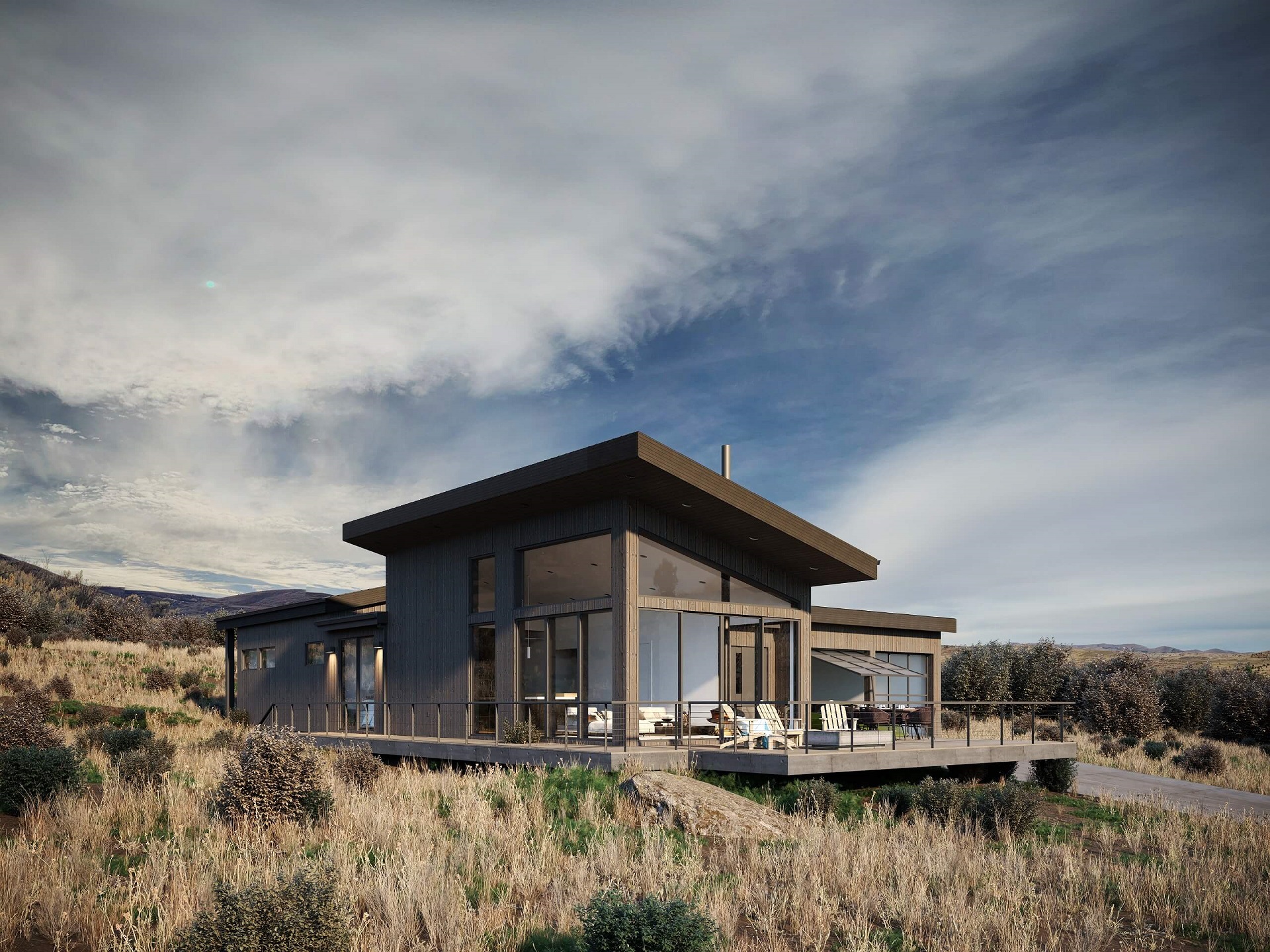If you already have architectural 3D models of a building or space you designed, adding them to your CGI project brief is a great idea. Why is that? Simply put, these models can save you time and money. They allow 3D artists to skip the modeling phase by importing an existing model directly into the software they use, such as 3ds Max. This significantly speeds up the CGI production process.
However, to ensure maximum efficiency, it’s crucial to submit 3D models correctly. In this short guide, our 3D rendering studio shares practical tips on adding architectural models to your SoW for faster turnarounds, cost savings, and perfect results. Let’s get into it!
#1. What Architectural 3D Models Formats Are Suitable?
The ideal formats for submitting your models are RVT, FBX, and OBJ. These formats can usually be imported into 3ds Max immediately, without any additional adjustments.
However, if you don’t have your models in these formats, you can submit them as 3DS, 3D DWG, or SKP. It’s important to keep in mind that these types of models may require CG artists to make quality revisions, potentially affecting the project timeline. Let’s see how to minimize the need for these revisions.
Ensure your exterior design project leaves a lasting impression and takes your clients’ breath away with stunning visuals.
#2. Common Issues with Architectural 3D Models to Avoid
Before incorporating 3D models into your brief, make sure they do not have the following issues.
Low level of detail
Architectural models that only show general dimensions and do not give detailed information about the design elements usually can’t be imported into 3ds Max and may only serve as a visual reference. As a result, they won’t help you save much time or money.
Broken geometry
3D models with incorrect geometry need fixing, which can delay the project’s completion. Geometry issues might include overlapping polygons, missing faces, and so on.
Missing architectural elements
Incomplete models, such as those missing a wall or a roof, can’t serve as a base for accurate realistic 3D visualization. In these cases, CGI specialists will need to request information about the missing parts and fix the models accordingly. This might slow down the project.
Absence of basic materials
Bare models without any materials won’t reflect the intended aesthetic and thus will also require some extra work.
#3. How to Add Your 3D Models to a Brief?

To streamline your outsourced CGI project and allow the artists to move on to rendering and fine-tuning the visuals quickly, follow these steps.
- Package your files as shown in the image above. Label them by stock-keeping units or the object’s name.
- Send the source file rather than an exported version. This helps maintain the integrity and detail of the 3D models, making it easier for artists to work with them.
Properly prepared architectural 3D models speed up the visualization process and help you quickly obtain realistic renders. By following these easy guidelines, you can now ensure a smoother workflow and faster completion for your CGI projects.
Get your project estimated in just 1 hour - fill out this brief!
Looking for a reliable 3D rendering services partner? Contact ArchiCGI to have your architectural concepts transformed into stellar photorealistic CGI within the shortest time frames!

Stacey Mur
Content Writer, Copywriter
Stacey is a content writer and a CG artist. Outside of work, Stacey enjoys musicals, Star Wars, and art talk. A proud Corgi parent.



